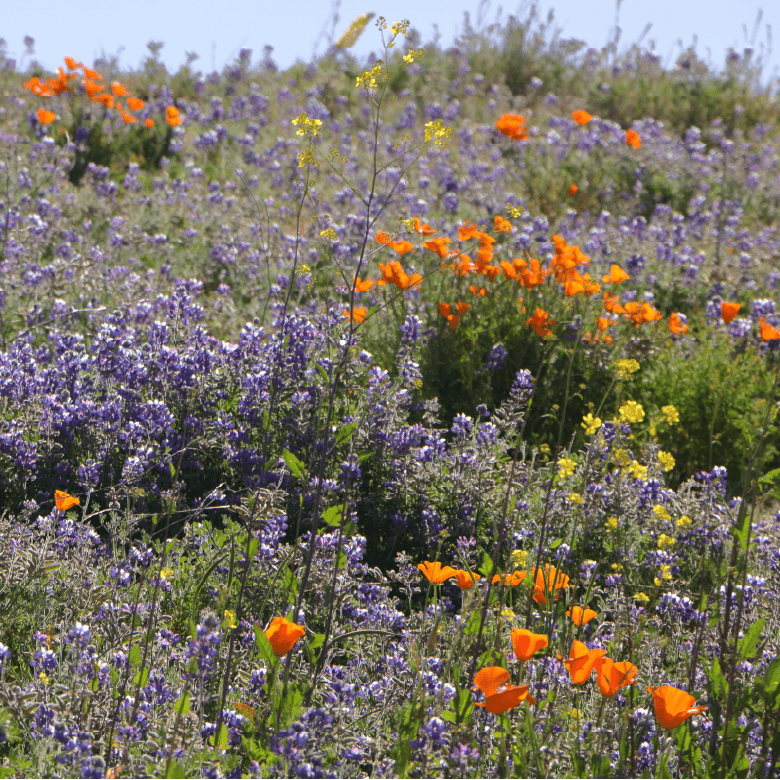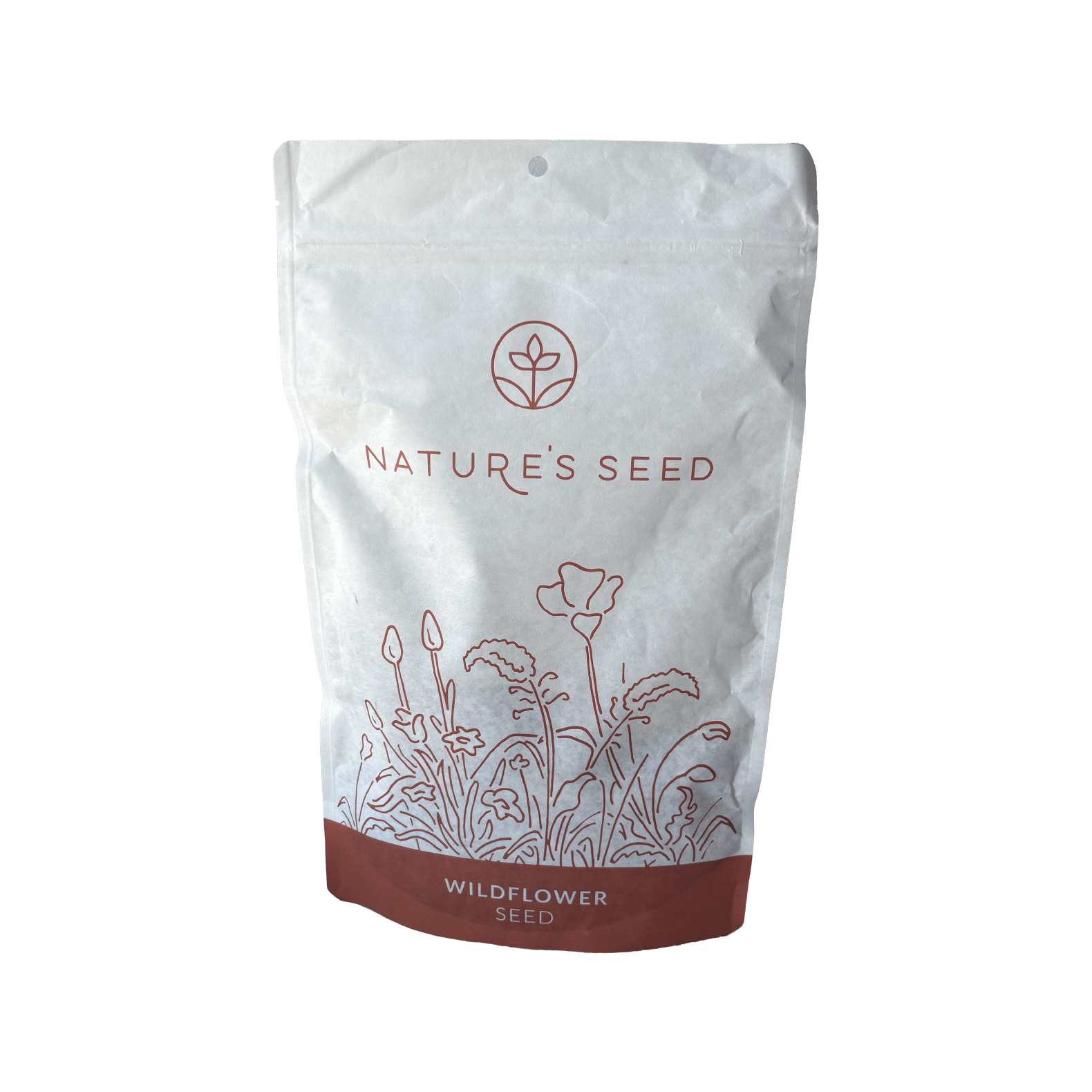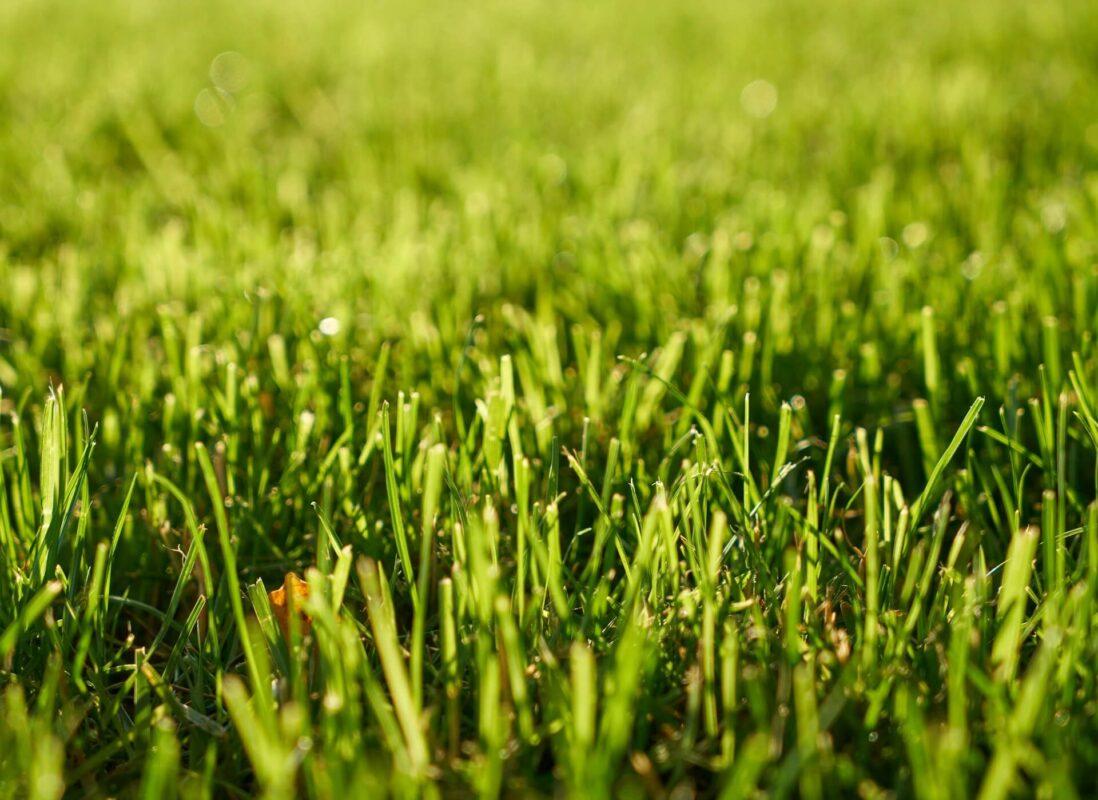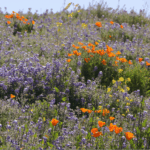
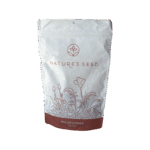
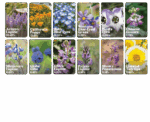
What is the California Coastal Wildflower Mix
California Coastal Wildflower Mix is a curated blend of vibrant native wildflowers tailored for coastal California climates. It features iconic blooms like California Poppy, Lupines, Baby Blue Eyes, and more, chosen for easy growth and pollinator appeal. This mix thrives in the mild, wet winters and dry summers of coastal regions, creating a low-maintenance, drought-tolerant wildflower meadow bursting with color from spring through fall. It’s ideal for home gardens, ranches, and natural landscapes, bringing the beauty of California’s wildflower superbloom right to your yard.
Specifications
Sun Requirement
Full Sun
Soil Preference
Well-drained, native soil
Soil pH
~6.0 – 7.5
Time to Maturity
first blooms typically within 6–10 weeks of sprouting
Height when mature
8 – 36 inches tall
Seeding Rate
1 lb/2,000 Sq Ft
Planting Depth
Surface-sow or cover with only 1/8 inch of soil
California Coastal Native Wildflower Mix
SKU: WB-CCN
Check your ZIP code to know if this seed works for you
Check Your ZIP Code
×Enter your ZIP code to see if this seed works in your region:
Why Choose This Seed?
What is in the Mix?

Coastal Native Blend
Contains wildflower species native to California’s coast (San Diego to Monterey), ensuring they thrive in cooler coastal climates with limited rainfallamericanmeadows.com. It’s an expert-curated mix designed for success in USDA zones 8–10.
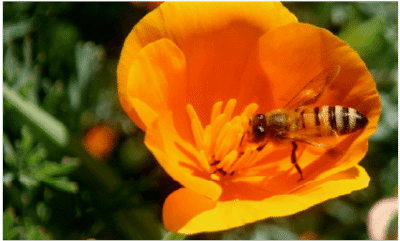
Pollinator Paradise
Packed with nectar-rich blooms that attract bees, butterflies, and other pollinators, helping support local ecosystems. Expect visits from honeybees, native bees, butterflies, and even hummingbirds drawn to flowers like penstemon.
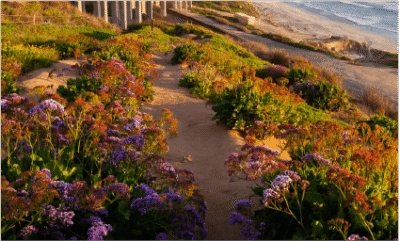
Easy & Low Maintenance
This mix is easy to grow and low maintenance – seeds germinate readily and wildflowers generally prefer low-fertility soil (no heavy fertilization needed). Once established, the plants require minimal care and are adapted to drought conditions.
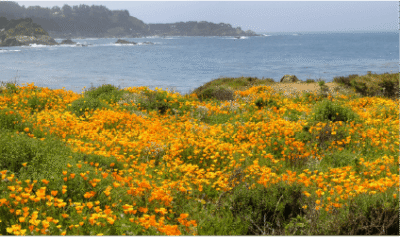
Season-Long Color
Enjoy a long bloom season. The combination of quick-blooming annuals and perennial wildflowers provides waves of color from spring through summer (with some species blooming into fall). The display includes brilliant oranges, blues, purples, yellows, and more for a true rainbow of blooms.
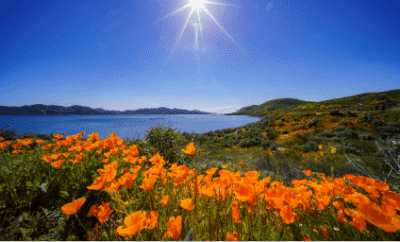
Versatile Landscaping
Perfect for a range of projects – use it to create a stunning wildflower meadow, enliven garden beds, or naturalize open areas. It’s great for beautification and even erosion control on slopes (the diverse root systems help stabilize soil). Suitable for small home gardens or larger properties, so both homeowners and ranchers can benefit.
What is in the Mix?
Seed Description
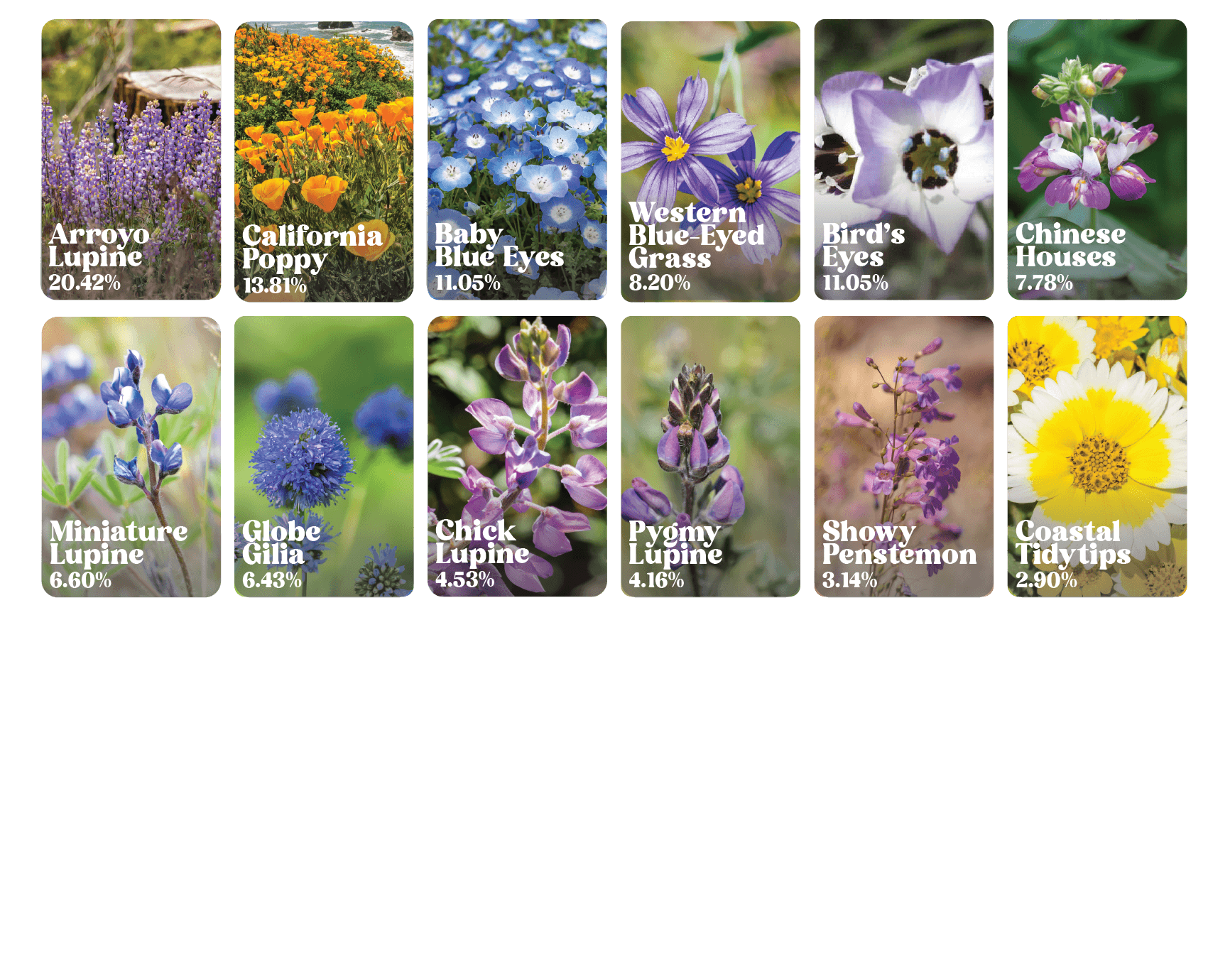
Product Details
Sun/Shade
Requires full sun
Height
Grows to about 8–36 inches tall depending on species
Seeding Rate
1 Lb/2,000 Sq ft
Uses
landscape beautification, pollinator gardens, natural wildflower meadows, and habitat restoration. Great for reseeding native wildflower areas, cottage gardens, and adding color to pastures or roadsides.
Color
Multicolored mix – blooms include shades of orange, yellow, blue (light to dark), purple, pink, red, and white.
Water
Low water needs.
Native/Introduced
Predominantly California native wildflowers
Life Form
Mix of annuals and perennials
Planting Guidelines
Choose the Right Time & Prepare the Site
For coastal California, fall planting is ideal – sow seeds in late fall to leverage winter rains for natural irrigation. (In mild-winter areas, you can also plant in early spring after the last frost.) Select a sunny site and remove any weeds or grass beforehand. Loosen the top 2–3 inches of soil across the area to create a welcoming seedbed (this ensures good seed-to-soil contact without bringing up buried weed seeds). Raking in a bit of compost is optional; these wildflowers do well even in poor soils. (Tip: Avoid adding fertilizers – wildflowers thrive in low nutrient conditions.)
Sow the Seeds Evenly
Mix the wildflower seeds with dry sand or sawdust for easier spreading (about 8 parts sand to 1 part seed is recommended for even distribution). Broadcast the seed mixture evenly over the prepared area by hand or using a spreader. Aim for uniform coverage – this 0.5 lb bag covers ~1,000 sq ft, so plan accordingly. For larger plots, you may sow half the seed walking in one direction, then the other half crossing perpendicular, to ensure no gaps. (Tip: Choose a calm day to prevent seeds from blowing away.)
Ensure Seed-to-Soil Contact
After sowing, do not bury the seeds – wildflower seeds need light and contact with the soil surface to germinate. Instead, lightly rake or press the seeds into the soil. You can use a rake turned upside-down to gently mix the seed just 1/8 inch into the soil, or simply walk over the area (or use a roller) to press seeds in firmly. The goal is for seeds to touch soil but still be near the surface. (Covering them with more than about 1/8″ of soil can prevent germination.) If birds are a concern, you can scatter a thin layer of straw mulch on top for camouflage, but keep it light so the sun can reach the seeds.
Water and Early Care
Keep the soil moist continuously during the germination period. Water lightly right after planting and continue to water regularly (daily or as needed) to maintain moisture in the topsoil. Germination typically takes 10–30 days for this mix. Once seedlings emerge, continue watering to keep them from drying out until they grow ~4–6 inches tall. After that, you can taper off watering. These wildflowers are adapted to rely on winter/spring rains; by summer, they will be established and generally do not require much supplemental water. Weed control: Because the mix contains many wildflower species, they usually out-compete minor weeds. Still, keep an eye out and gently remove any aggressive weeds that sprout. No fertilizer is needed – the plants prefer it that way. As blooms fade, you can deadhead or mow the area in late summer to help scatter seeds for the next season.
Resources and Tools
Articles & Guides
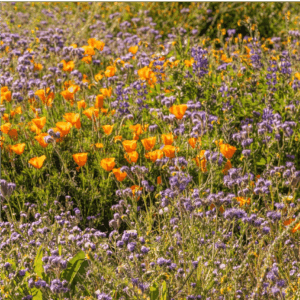
Wildflower Seed Planting Guide
Questions & Answers
When is the best time to plant the California Coastal Wildflower Mix?
Fall is the best time for coastal California – sowing in late fall allows seeds to germinate with the winter rains and bloom in spring. In areas with irrigation or outside the coastal zone, you can also plant in early spring (after the last frost). Spring plantings will bloom by summer, but you’ll need to water regularly since California spring can quickly turn dry.
How long does it take to see growth and blooms?
The seeds will sprout in about 2–4 weeks (10–30 days) after planting, depending on weather and moisture. You’ll notice tiny seedlings a couple of weeks after consistent moisture. The first blooms can appear as early as 6–8 weeks after germination for fast-growing annuals (like California poppies and baby blue eyes). The full flush of spring blooms typically occurs about 8–12 weeks after germination. If planted in fall, expect blooms in spring; if planted in spring, many flowers will bloom by early summer. The display will continue for several weeks, with different species blooming in succession from spring into late summer.
Will these wildflowers come back every year?
Yes, in a way. The mix contains mostly annual wildflowers and a few perennials. The annuals (like lupines, poppies, baby blue eyes, etc.) complete their life cycle in one season, but many will reseed themselves – dropping seeds that can sprout the next season. The perennials (such as Showy Penstemon or Blue-Eyed Grass) will survive and bloom again in subsequent years. So, with proper care, you should get new flowers each year: some coming from self-sown seeds and some from returning perennials. To encourage reseeding, allow the flower heads to dry and drop seed before mowing or removing spent plants. In essence, the meadow can naturalize itself over time for repeat performances annually.
Are any of these wildflowers invasive or will they take over my yard?
No – the species in this mix are garden-friendly and non-invasive. Most are California natives, and the few that aren’t (like African daisy or sweet alyssum) are well-behaved, common wildflowers that don’t become invasive weeds. They will spread within your flower patch by reseeding, which is what you want for a naturalized meadow. But they shouldn’t aggressively choke out other plants or escape into unwanted areas, especially with normal garden maintenance. If you do see volunteer seedlings outside the desired area, you can always transplant or remove them, but that is usually minimal. Rest assured, this mix was selected to naturalize without causing problems – it contains no noxious or invasive species.
Should I fertilize or add compost to help the wildflowers grow?
No heavy fertilization is needed. Wildflowers prefer not to have rich soil. They thrive in low-fertility soils similar to their native conditions. Adding a lot of fertilizer can cause excess leafy growth and encourage weeds, reducing flowering. If your soil is extremely poor (very depleted or sandy with no organic matter), you can mix a small amount of compost before planting to improve soil structure. But in most cases, the native soil in your area will be fine. Avoid chemical fertilizers altogether for this mix – they simply aren’t necessary for a great bloom.
Can I grow this mix outside of coastal California?
This mix is specially formulated for the cool coastal areas of California (with mild winters and dry summers). It performs best in climates similar to coastal CA – roughly USDA Zones 8–10. That said, you can grow it in other regions with some success, especially areas with Mediterranean-like climates. For example, parts of the West Coast up into southwestern Oregon or places with dry summers could see good results. If you’re in a colder or wetter region (PNW north of Monterey, or the Northeast, etc.), the species in this mix might not all thrive; there are other regional mixes better adapted for those areas. But as an annual display, you could still plant it in spring after frost in many areas – just treat it as you would a regular wildflower garden, understanding that the composition is geared to California’s climate. Always consider your local conditions: for instance, extremely hot desert areas inland might favor a Dryland mix, while rainy cool areas might do better with a Pacific Northwest mix. For most of the coastal/southern half of the US with moderate winters, this mix should grow well.
Still have
questions?
Our planting experts
are here to help.
customercare@naturesseed.com
Response time:
Within 1 business day
Reviews
| Dimensions | 18 in |
|---|---|
| Sun/Shade | |
| Est Rate | |
| Texture | |
| Height | |
| Seeding Rate | |
| Uses | , |
| Color | , , , , , , , , , , |
| Mix Contents | |
| Water | |
| Native | |
| Blooms | , , , |
| Coverage Area | , , |
Related Products
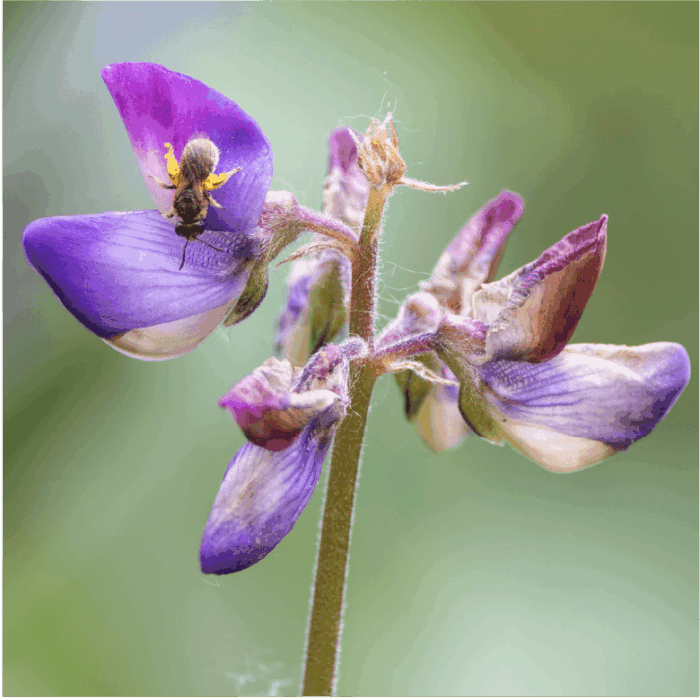
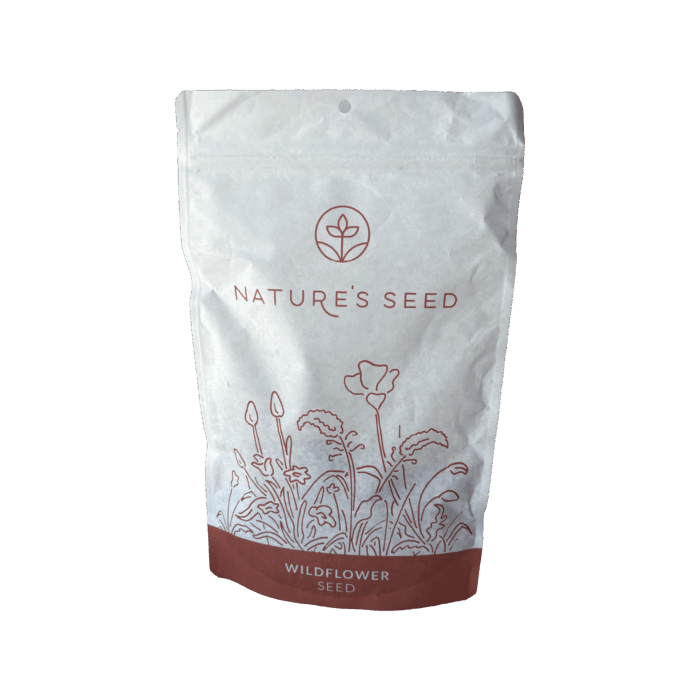
Arroyo Lupine
(4.7) - 145 reviews
$51.96/lb
Wildflower displays, restoration, slope stabilization, pollinator gardens
Southern USDA Regions (8-10), Transitional USDA Regions (6-8)
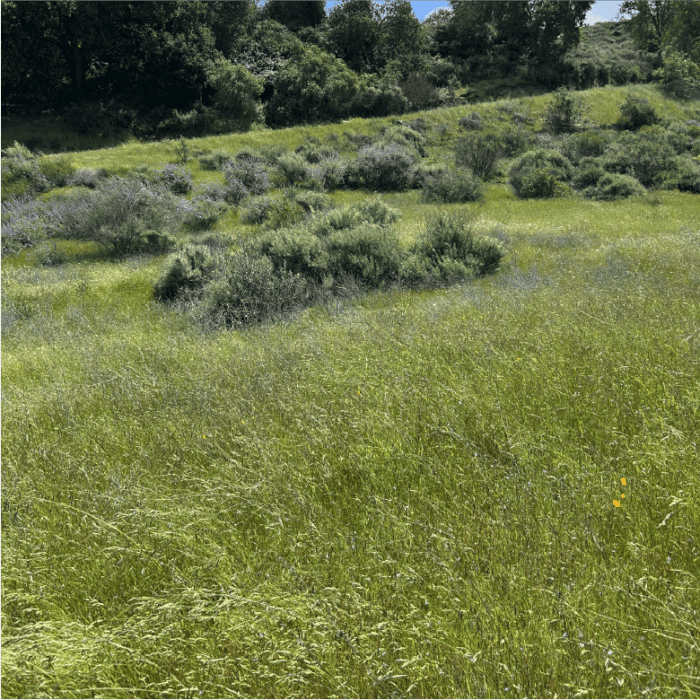

Coastal Sage Scrub Mix
(4.7) - 145 reviews
$65.98/lb
Xeriscaping, Wildlife Gardens, Ecological Restoration

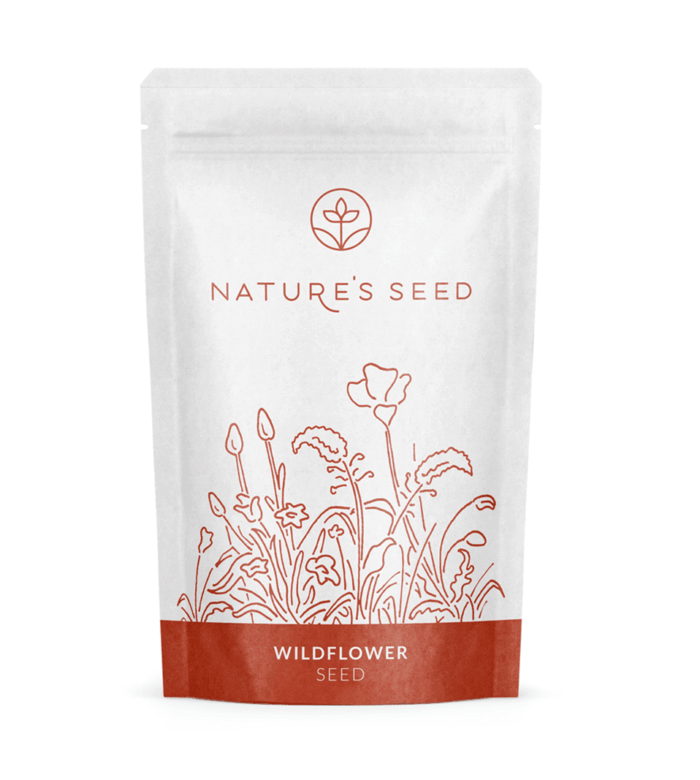
Deer Resistant Wildflower Seed Mix
(4.7) - 145 reviews
$27.99/lb
Ideal for beautification projects and natural wildflower meadows. Great for pollinator gardens, mass plantings, cottage landscapes, and even cut flower use
Northern USDA Regions (3-5), Southern USDA Regions (8-10), Transitional USDA Regions (6-8)
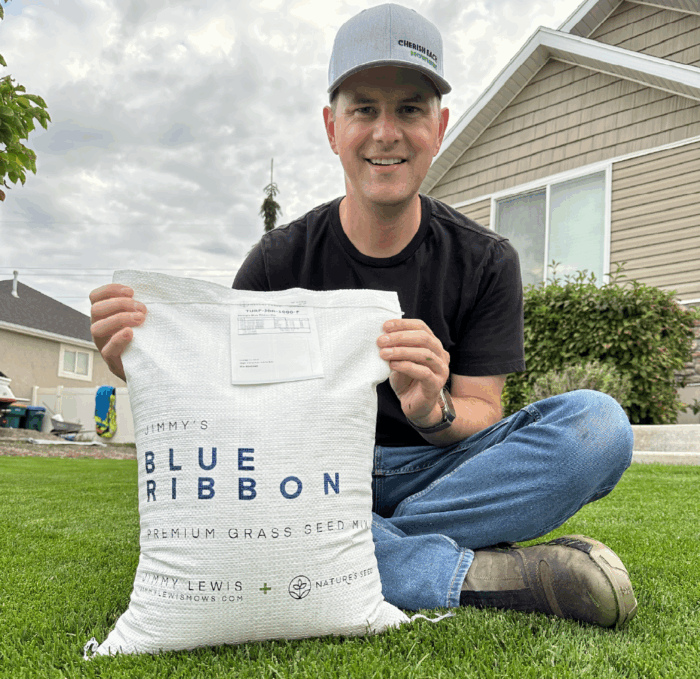
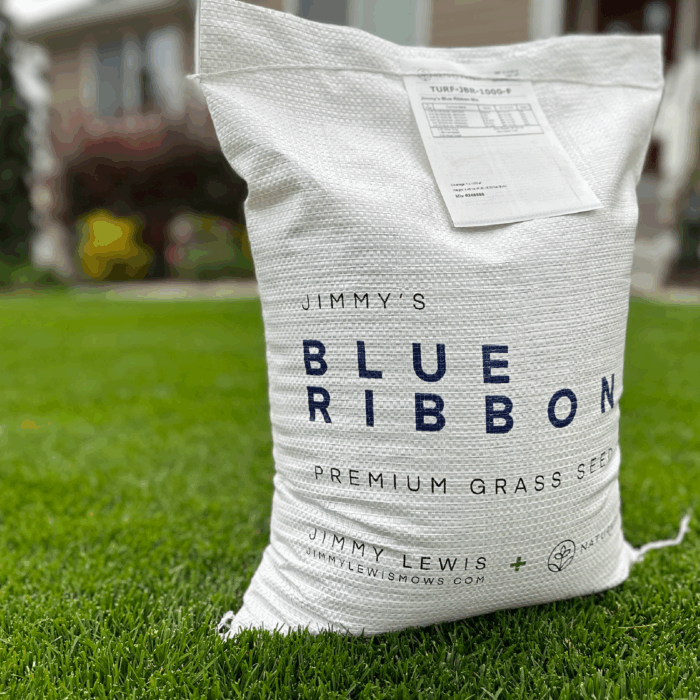
Jimmy Lewis Blue Ribbon Bluegrass & Rye Lawn Seed Mix | TWCA Certified
(4.7) - 145 reviews
$89.99
5 Lb - 1,000 Sq. FtHome Lawns; Sports Turf; Parks & Public Spaces; Golf (Fairways & Roughs); Premium / High-Visibility Lawns; Cool-Season Region
Northern USDA Regions (3-5), Transitional USDA Regions (6-8)
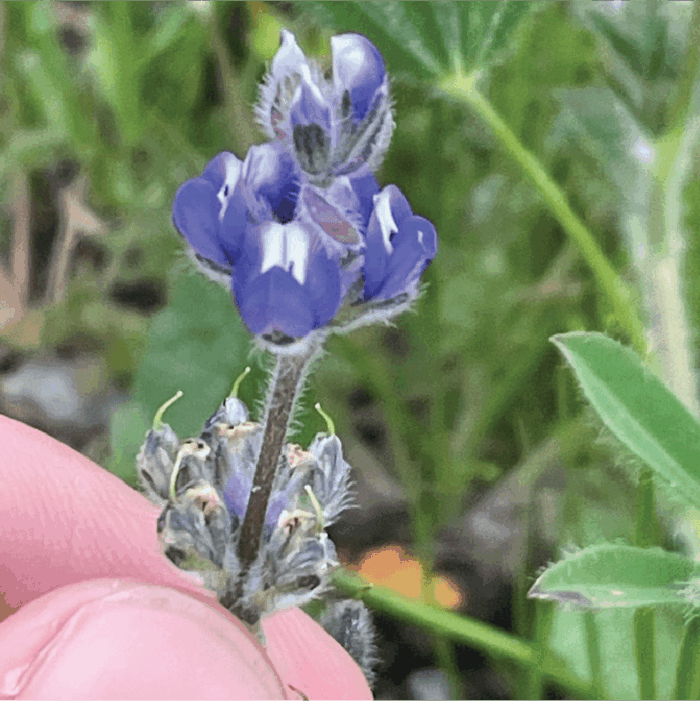

Miniature Lupine
(4.7) - 145 reviews
$63.96/lb
Native wildflower lawns, meadow mixes, roadside revegetation, cover crop
Southern USDA Regions (8-10), Transitional USDA Regions (6-8)
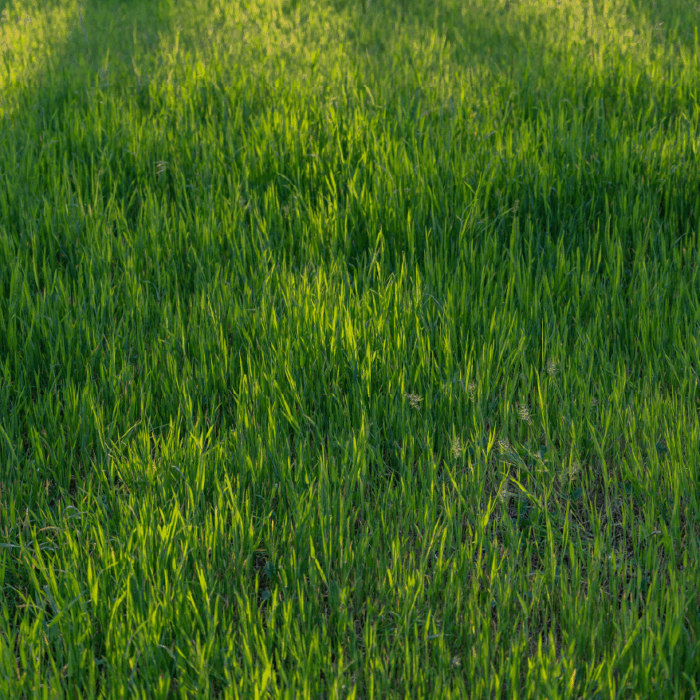
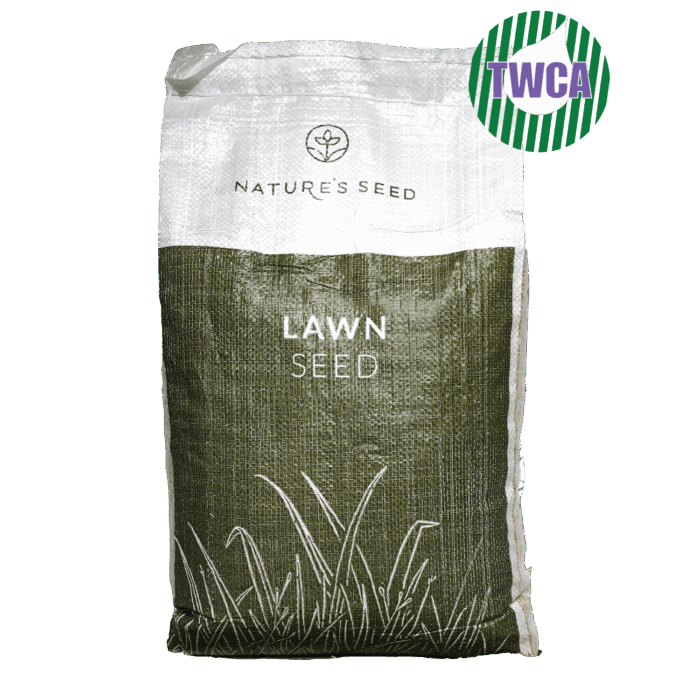
TWCA Water-Wise Shade Mix
(4.7) - 145 reviews
$39.99
5 Lbs - 1,000 Sq FtHome Lawns; Water-Conscious / Drought-Tolerant; Shade-Friendly
Northern USDA Regions (3-5), Transitional USDA Regions (6-8)
